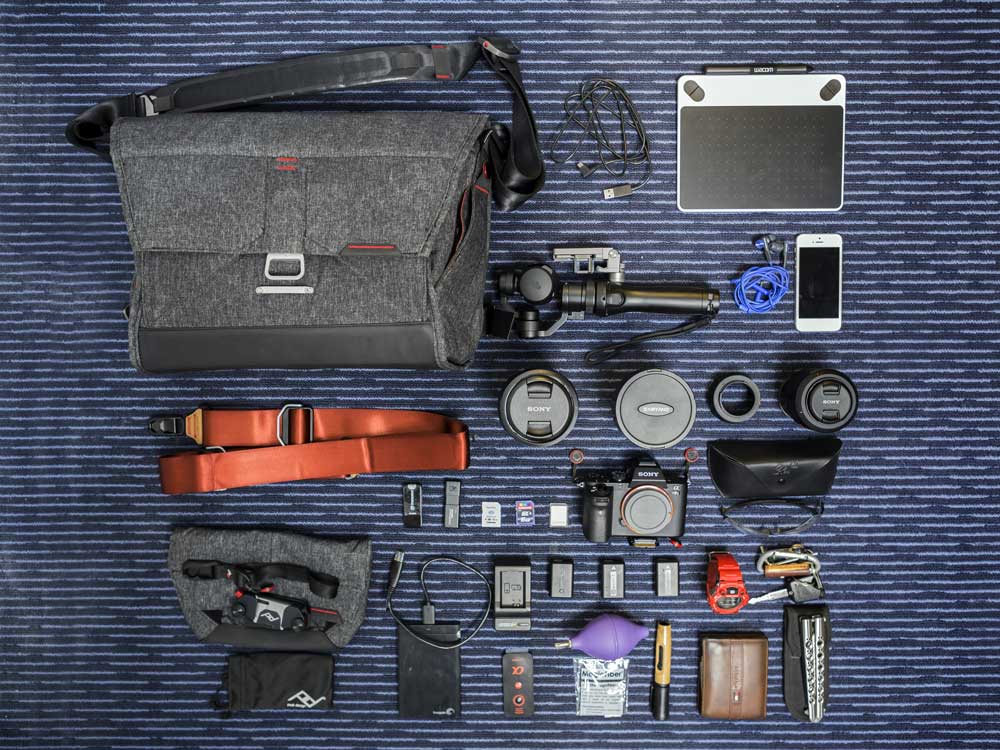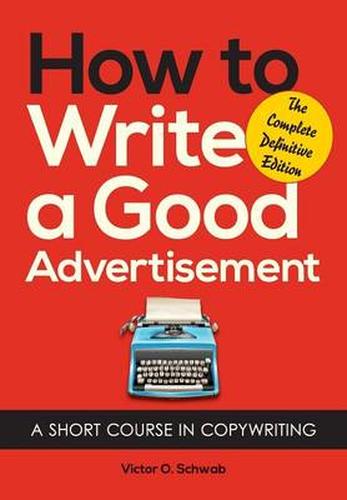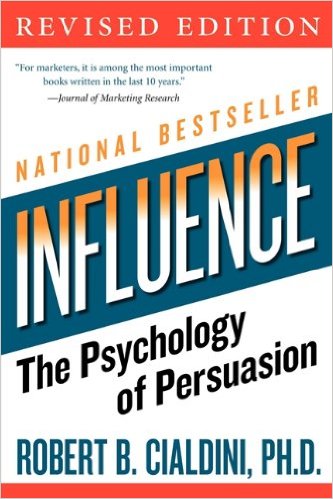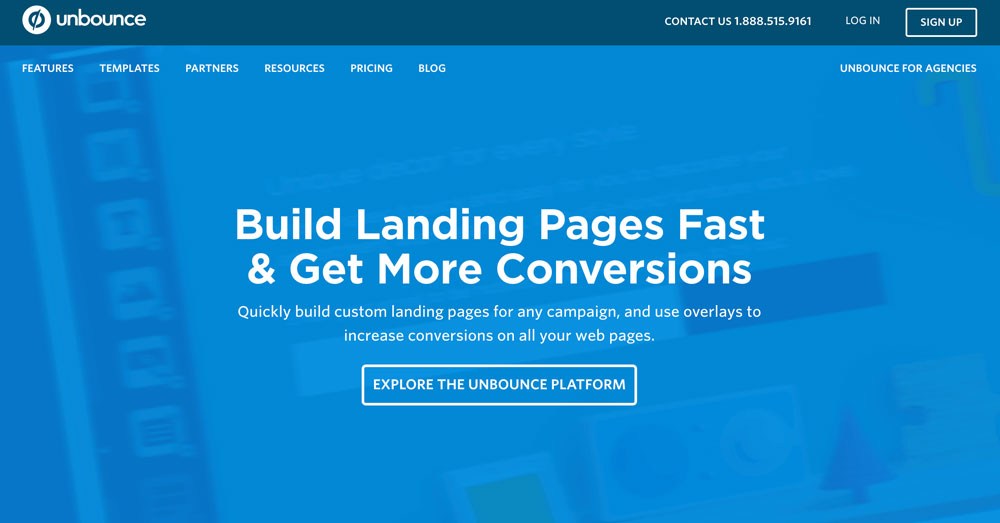How much does all the marketing tools cost you?
Thursday, May 18th, 2017 | Business & Marketing

Marketing is an expensive business. There are so many invaluable tools out there that you need. Of course, they do in fact all have a value. And a price. How much would it cost to get all of them? Find out below.
But to spoil the ending: the answer is a lot. Even if you are writing your own copy, doing your own graphic design, doing all of the content, emailing, admin yourself, the cost of all the tools alone is significant. And this doesn’t include stuff like web hosting, CDNs and other “technical” things.
I have listed the marketing tools that people talk about a lot. There are many others, of course, and some of these are specific: you may not do webinars, for example. But many marketers do, so I’ve included it.
Market research
Service
Cost
Semrush
$79 per month
Alexa
$50 per month
Ahrefs
$99 per month
Moz
$99 per month
Buzzsumo
$99 per month
Content production
Service
Cost
Piktochart
$29 per month
Wistia
$99 per month
WebinarJam
$397 per year
Free alternatives: YouTube Live gives you everything you need to do a webinar, including recording it.
Content posting
Service
Cost
Meet Edgar
$79 per month
Buffer
$9 per month
EverWebinar
$497 per year
Free alternatives: Buffer has a free plan. Recurpost does the same thing as Meet Edgar.
Facebook marketing
Service
Cost
Many Chat
$15 per month
AdExpresso
$49 per month
Free alternatives: Many Chat has a free plan with branding. You can just manage your ads yourself using the Facebook Power Editor.
Email marketing
Service
Cost
Infusionsoft
$199 per month
MailChimp
$10 per month
Aweber
$19 per month
ConvertKit
$29 per month
GetResponse
$15 per month
Drip
$49 per month
Free alternatives: MailChimp has a free plan.
Landing pages
Service
Cost
Lead Pages
$37 per month
ClickFunnels
$97 per month
Unbounce
$49 per month
Opt-in tools
Service
Cost
Hello Bar
$4.95 per month
OptinMonster
$19 per month
Free alternatives: Hello Bar as a free plan.
Session recording
Service
Cost
Crazy Egg
$108 per year
Free alternatives: Inspectlet and FullStory both have free plans.
Summary
Some marketers have a lot of these tools: maybe one from each category. Others seem to have ALL of them. And the prices I have listed here are just the cheapest paid plans. Semrush, for example, starts at $79 per month. But if you want to track all o your websites, you will be looking at around $500 per month.
Therefore, I think it’s safe to say that people are spending thousands of dollars per month on marketing tools. And for the big marketers, they are spending tens of thousands.
If you are bringing home the bacon, it is money well spent. If you are just starting out, try the free alternatives I have listed.

Marketing is an expensive business. There are so many invaluable tools out there that you need. Of course, they do in fact all have a value. And a price. How much would it cost to get all of them? Find out below.
But to spoil the ending: the answer is a lot. Even if you are writing your own copy, doing your own graphic design, doing all of the content, emailing, admin yourself, the cost of all the tools alone is significant. And this doesn’t include stuff like web hosting, CDNs and other “technical” things.
I have listed the marketing tools that people talk about a lot. There are many others, of course, and some of these are specific: you may not do webinars, for example. But many marketers do, so I’ve included it.
Market research
| Service | Cost |
|---|---|
| Semrush | $79 per month |
| Alexa | $50 per month |
| Ahrefs | $99 per month |
| Moz | $99 per month |
| Buzzsumo | $99 per month |
Content production
| Service | Cost |
|---|---|
| Piktochart | $29 per month |
| Wistia | $99 per month |
| WebinarJam | $397 per year |
Free alternatives: YouTube Live gives you everything you need to do a webinar, including recording it.
Content posting
| Service | Cost |
|---|---|
| Meet Edgar | $79 per month |
| Buffer | $9 per month |
| EverWebinar | $497 per year |
Free alternatives: Buffer has a free plan. Recurpost does the same thing as Meet Edgar.
Facebook marketing
| Service | Cost |
|---|---|
| Many Chat | $15 per month |
| AdExpresso | $49 per month |
Free alternatives: Many Chat has a free plan with branding. You can just manage your ads yourself using the Facebook Power Editor.
Email marketing
| Service | Cost |
|---|---|
| Infusionsoft | $199 per month |
| MailChimp | $10 per month |
| Aweber | $19 per month |
| ConvertKit | $29 per month |
| GetResponse | $15 per month |
| Drip | $49 per month |
Free alternatives: MailChimp has a free plan.
Landing pages
| Service | Cost |
|---|---|
| Lead Pages | $37 per month |
| ClickFunnels | $97 per month |
| Unbounce | $49 per month |
Opt-in tools
| Service | Cost |
|---|---|
| Hello Bar | $4.95 per month |
| OptinMonster | $19 per month |
Free alternatives: Hello Bar as a free plan.
Session recording
| Service | Cost |
|---|---|
| Crazy Egg | $108 per year |
Free alternatives: Inspectlet and FullStory both have free plans.
Summary
Some marketers have a lot of these tools: maybe one from each category. Others seem to have ALL of them. And the prices I have listed here are just the cheapest paid plans. Semrush, for example, starts at $79 per month. But if you want to track all o your websites, you will be looking at around $500 per month.
Therefore, I think it’s safe to say that people are spending thousands of dollars per month on marketing tools. And for the big marketers, they are spending tens of thousands.
If you are bringing home the bacon, it is money well spent. If you are just starting out, try the free alternatives I have listed.








